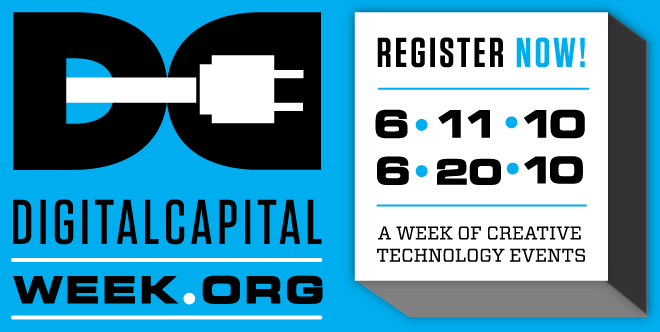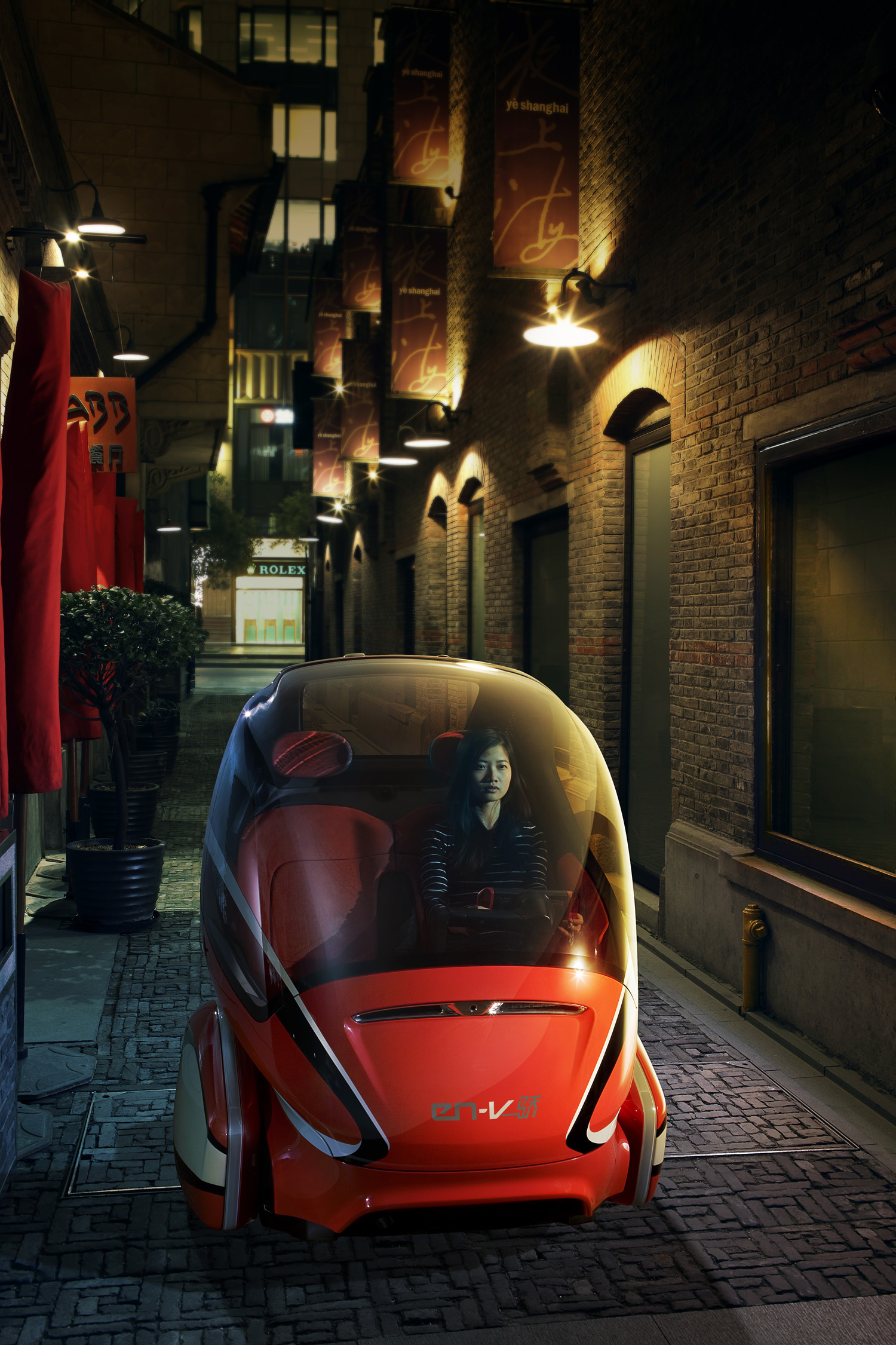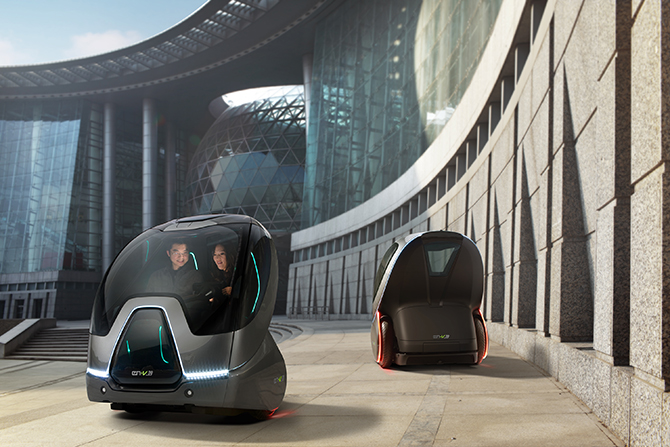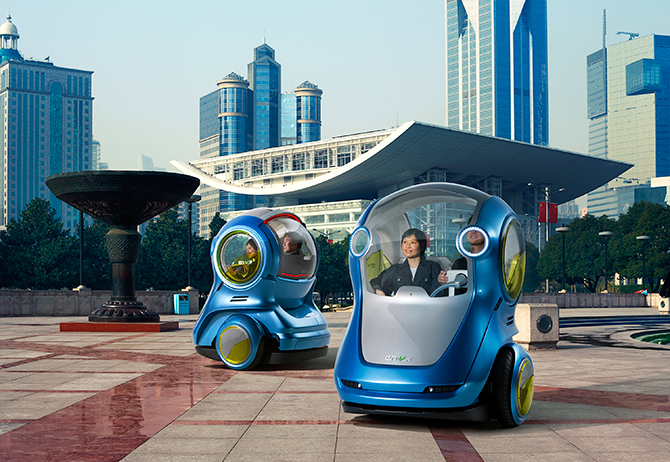New Report: U.S. Falling Off Pace of World Leadership In Intelligent Transportation Systems
Why the U.S. is Missing the Intelligent Transportation Systems Revolution
 WASHINGTON, D.C.— A new report by a leading Washington, D.C. think tank will be released on Wednesday, January 27th, highlighting the increasing disparity between foreign industrialized nations and the United States regarding the current use of new technologies to address major transportation congestion, safety, and environmental problems.
WASHINGTON, D.C.— A new report by a leading Washington, D.C. think tank will be released on Wednesday, January 27th, highlighting the increasing disparity between foreign industrialized nations and the United States regarding the current use of new technologies to address major transportation congestion, safety, and environmental problems.
At Wednesday’s forum, researchers from the Information Technology and Innovation Foundation (ITIF) will issue the report and discuss its findings with domestic and international transportation experts. The report, Explaining International IT Application Leadership: Intelligent Transportation Systems, discusses why the United States has fallen behind in developing intelligent transportation technology while nations such as Japan, South Korea, Singapore and others have made significant progress and advances.
Date: Wednesday, January 27, 2010
Time: 9 AM – 10:30 AM
Place: Information Technology and Innovations Foundation, 1101 K Street, NW, Suite 610A , Washington, DC 20005
(News media inquiries, please call ITIF at 202-449-1351)
Participants
- Robert Atkinson (moderator), President, The Information Technology and Innovation Foundation
- Stephen Ezell (presenter), Senior Analyst, The Information Technology and Innovation Foundation
Respondents:
- Scott Belcher, President and CEO, ITS America
- Riz Khaliq, Global Business Executive, Intelligent Transportation Systems and Growth Markets, IBM Global Government
- Masahiro Nishikawa, Japan Ministry of Land, Infrastructure, Transportation and Tourism (MLIT)
Report Should Be “A Serious Wake Up Call” For the U.S.
“The report should be a serious wake-up call to our nation’s transportation leaders and policy makers as to why the U.S. is not staying competitive in the international market,” said Scott Belcher, President and CEO of ITS America. “Other industrialized nations have learned that a major key to transportation efficiency and economic growth is by deploying intelligent transportation systems (ITS) to allow for the safe and easy movement of goods and people.
“We have the opportunity to reverse this disparity if we don’t continue to ignore 21st Century technology in addressing our transportation problems,” Belcher said.
According to the report: “Many think improving a country’s transportation system solely means building new roads or repairing aging infrastructure. But the future of transportation lies not in concrete and steel, but in a network of sensors, microchips, and communication devices that collect and disseminate information about the functioning of the transportation system.”
The report also introduces specific recommendations on how the U.S. government can accelerate the deployment of ITS to remain economically competitive with other industrialized nations.
“Information Technology Is Revolutionizing Transportation”
ITS technology includes real-time, in-vehicle traffic and transit information; new types of automated road pricing; adaptive traffic signal timing; safety warning systems; and many other applications which leverage IT to enhance the safety, efficiency and convenience of transportation, including for cars, trucks and mass transit.
“What ITS do is empower actors in the transportation system—from commuters, to highway and transit authorities, even down to the actual traffic lights themselves—with actionable information, that is, intelligence, to make better-informed decisions, whether it’s choosing which route to take, when to travel, or whether to mode-shift; how to optimize traffic signals; where to build new roadways; or how to hold providers of transportation services accountable for results,” said Stephen Ezell, ITIF lead report author.
“As we have seen technology revolutionize how we work and live, information technology is revolutionizing transportation. Other nations are already using intelligent transportation technology to reduce traffic collisions, congestion and carbon emissions,” Belcher said.
“Imagine being able to receive real-time information about traffic congestion or incidents on freeways, updates of when the next bus or train will arrive when using mass transit, or collision avoidance warnings from autonomous vehicle sensors when crashes appear imminent,” Belcher said. “In many other industrialized parts of the world, this is already happening.”
NOTE: This event will be live webcast here on the day of the event. News media inquiries, please call ITIF at 202-449-1351.











![Reblog this post [with Zemanta]](http://img.zemanta.com/reblog_e.png?x-id=ee24cd1f-6355-46a2-a6e9-e3c869301b8e)




![Reblog this post [with Zemanta]](http://img.zemanta.com/reblog_e.png?x-id=b995a12a-5a9b-49ff-9e3e-34c5e676041d)


![Reblog this post [with Zemanta]](http://img.zemanta.com/reblog_e.png?x-id=ce0c889c-f9cb-4282-b624-df4ddb317744)


